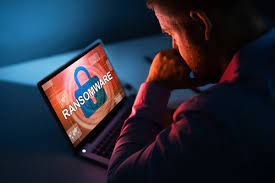You can delete malicious files manually or automatically using the antivirus software. Manual removal of the malware is only recommended for computer-savvy users. If your computer is infected with ransomware that encrypts your data, you will need an appropriate decryption tool to regain access.
There are a number of vectors ransomware can take to access a computer. One of the most common delivery systems is phishing spam — attachments that come to the victim in an email, masquerading as a file they should trust.
There are several things the malware might do once it’s taken over the victim's computer, but by far the most common action is to encrypt some or all of the user's files.
There are a number of defensive steps you can take to prevent ransomware infection. These steps are of course good security practices in general, so following them improves your defenses from all sorts of attacks:
If your computer has been infected with ransomware, you'll need to regain control of your machine.
But here's the important thing to keep in mind: while walking through these steps can remove the malware from your computer and restore it to your control, it won't decrypt your files. Their transformation into unreadability has already happened, and if the malware is at all sophisticated, it will be mathematically impossible for anyone to decrypt them without access to the key that the attacker holds. In fact, by removing the malware, you've precluded the possibility of restoring your files by paying the attackers the ransom they've asked for.
CSO, United Kingdom

